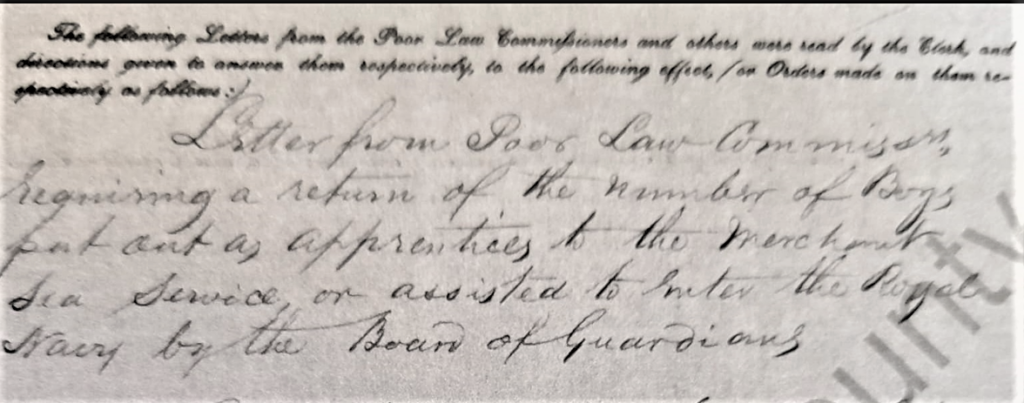Definition of Orphans within the Workhouse
By Averil Staunton
One of the biggest problems facing the guardians was how to cope with all the young children and orphans who were likely to remain in the Workhouse for a long time. While categorised as orphans, many still had one living parent. Once they entered the Workhouse they were regarded as wards of the Poor Law guardians, and titled orphans. Subsequently their lives were completely under the control of the guardians. They could employ them as they wished or send them further afield as in the case with some boys who were sent to serve in the British Merchant Navy or The Royal Navy.

Twenty six young girls from Ballinrobe Workhouse joined in the footsteps of more than 4100 Irish girls sent to Australia. Between 1848 and 1850 approximately 137 were from Mayo which included 26 from the Ballinrobe Workhouse. They were between 14 and 19 years of age. Some of the girls added years to their age knowing this would command higher wages in Australia. This informs us that they had an awareness of conditions in before they travelled there and had sought information from other sources outside the Workhouse. It is estimated that the Earl Grey Orphan girls have upwards of two million descendants in Australia. Most of the girls spoke Irish with very little knowledge of the English language. Few could read or write.